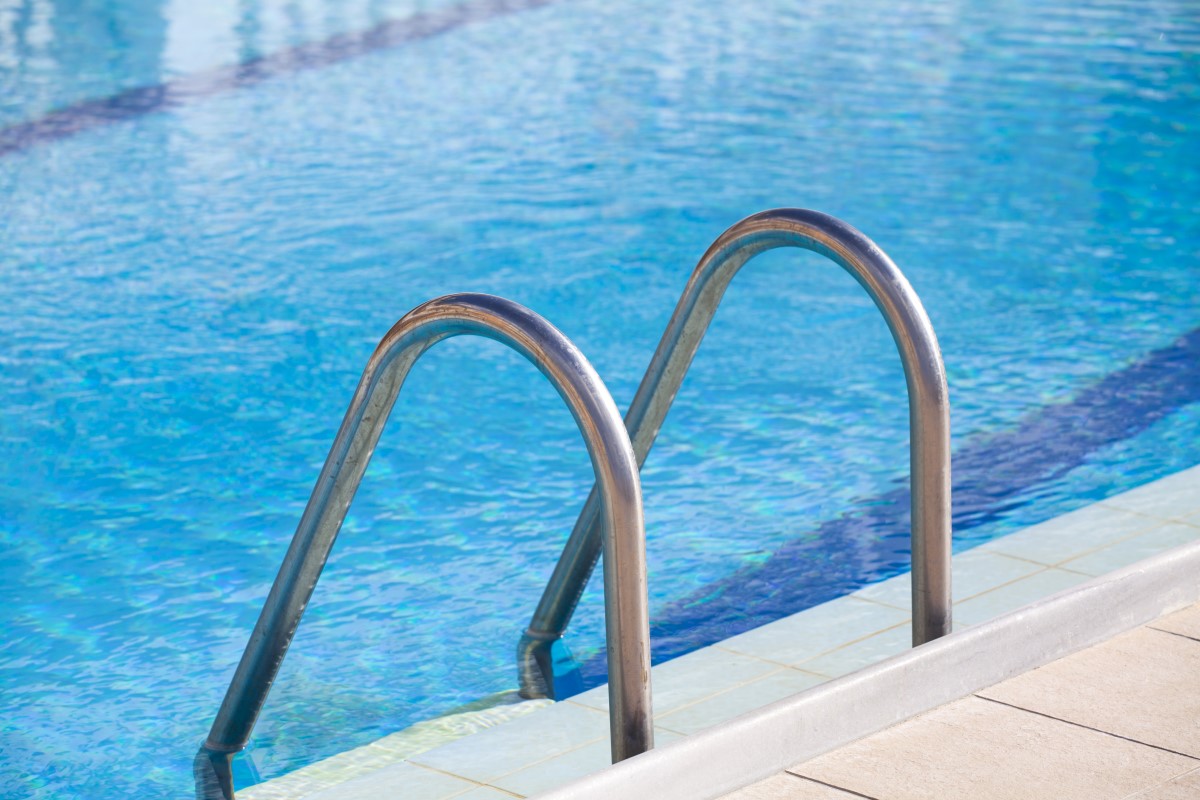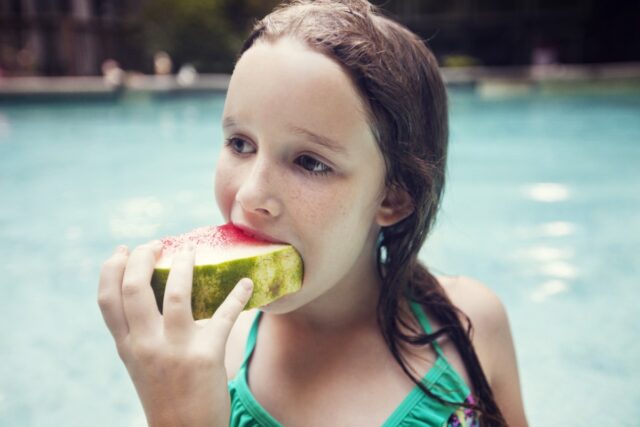
When we were growing up, our parents would always say, “don’t go into the pool until an hour after eating!” We didn’t question an adult’s judgment. However, mom was unaware that she was continuing a cycle of misinformation. We would believe myths like the neighbour having a chemical in his pool that changes colour when urine is detected. It sounds like a multi-million dollar invention that someone would cash in on! With some research and skepticism, AquaMobile has debunked the five most common swimming myths!
Swimming Myth #1: You must hold your breath underwater
Most of us hold our breath underwater. This leaves us gasping for breath when we reach the wall and this is a rookie mistake. Holding our breath underwater builds up carbon dioxide in the lungs, which causes gasping.
Calmly blow bubbles from your nose and mouth instead. According to the Canadian Red Cross, we can hold our breath comfortably for 1-2 minutes. Also do not swallow any pool water. It is not as clean as you think it is.
Swimming Myth #2: Don’t eat within an hour of swimming
This myth is the most defended in the world. There is not any evidence to back it up because there has never been a reported case of cramp-related drowning in American history. The myth comes from an excerpt in Scouting for Boys, an outdated scouting manual that was published in 1908 that reads:
“First, there is the danger of cramp. If bathe within an hour and a half after taking a meal, that is, before your food is digested, you are very likely to cramp. Cramp doubles you up in extreme pain so that you cannot move your arms or legs – and down you go. You may drown – and it will be your own fault.”
Cramps in the calves, feet and hands are common, but not life-threatening. Eating is not the culprit here; overexertion is! You used to sit next to the after eating that hot dog and chips. Thanks, mom!
Swimming Myth #3: Itchy red eyes are caused by an over-chlorinated pool

Plot twist! The irritating, burning sensation around the eyes is caused by an under-chlorinated pool. It comes from chloramines, which are a byproduct of chlorine.
Chloramines come from chlorine bonding with dirt in the pool. These chemicals are brought in by things on the human body. These include sweat, urine, dead skin cells and body products like lotions. Learn about how safe chlorine is for your baby here!
Swimming Myth #4: “There’s a chemical that can detect urine in the pool”

Being outed as a “phantom tinkler” at a pool party was every child’s worst nightmare. Is there a purple dye that could circle you at your next pool party? Thankfully, no!
No manufacturer has succeeded in creating a chemical additive that detects. So grade-schoolers with overactive bladders do not need to worry. It only exists in the movies!
Swimming Myth #5: Chlorine causes your hair to turn green

No one wants their beautiful blonde locks to turn green! The good news is that chlorine will not change your hair colour. However, something else in the water will.
The copper that seeps into the water from pipework can give you some unwanted highlights. We suggest showering after jumping out of the pool. Use a leave-in conditioner or soft household acid like lemon juice on your scalp to clean the green out.
Are there any other swimming myths to debunk? Let us know in the comments below!



